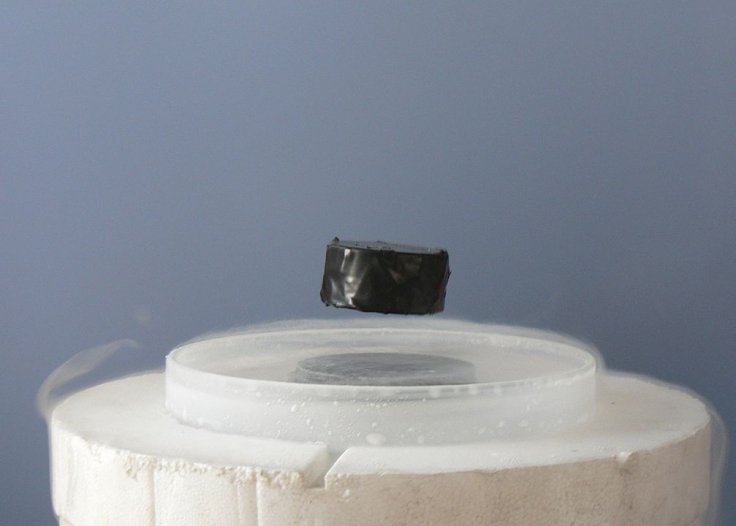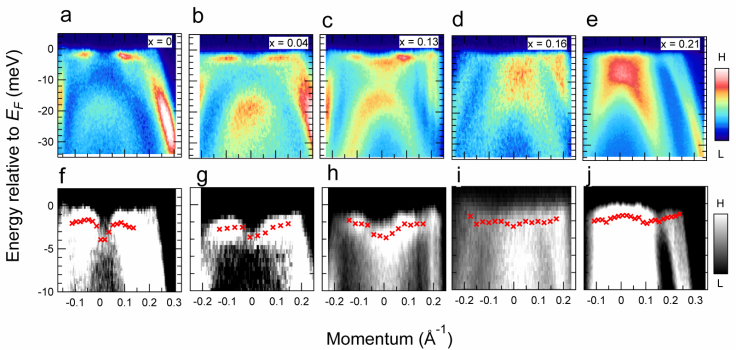The search for a material that can conduct electricity without any resistance has been long. A superconductor can increase efficiency and also reduce energy waste. While there have been some interesting developments in the field, nothing tops what scientists at the University of Tokyo have achieved. They have created a superconductor from the fifth matter, known as Bose-Einstein condensate (BEC).
The fifth state of matter known as Bose-Einstein condensate (BEC) is the result of cooling a gas of bosons to the coldest temperature possible. Besides BEC, there are six more states of matter — solid, liquid, gas, plasma, Quark-Gluon plasma and Fermionic condensate.
So far, the phenomenon was only limited to theories while some scientists were able to create supersolids, excitonium, and liquids with negative mass. But no one has ever been able to verify the exotic materials' superconductivity. Now, the scientists at the University of Tokyo, for the first time, were able to verify BEC's superconductivity at a macro scale. To do that, the researchers made BEC with a cloud of iron and selenium atoms. The research was published in Science Advances.

"A BEC is a unique state of matter as it is not made from particles, but rather waves. As they cool down to near absolute zero, the atoms of certain materials become smeared out over space. This smearing increase until the atoms – now more like waves than particles – overlap, becoming indistinguishable from one another. The resulting matter behaves like it's one single entity with new properties the preceding solid, liquid or gas states lacked," the lead author of the study, Kozo Okazaki said.
BEC Superconductor
To prove BEC's superconductivity, scientists turned to the Bardeen-Cooper-Schrieffer (BCS) regime. It is a similar state of matter. In this, when the clouds of atoms are cooled to absolute zero, the atoms "slow down and line up", allowing electrons to pass through efficiently without any resistance. Due to the similarities, scientists long thought that by overlapping both rules, a super-conduction could be achieved.

Okazaki and his team used ultralow temperature and high-energy laser-based photoemission spectroscopy to see how the electrons acted during the conversion from BCS to BEC. While electrons behave differently in BEC and BCS, the overlap allowed the scientists to observe super-conduction.
Okazaki said that his team wanted to explore the overlap between BEC and BCS but ended up demonstrating the superconductivity of BEC. "It was extremely challenging but our unique apparatus and method of observation have verified it — there is a smooth transition between these regimes. And this hints at a more general underlying theory behind super-conduction. It is an exciting time to be working in this field," he added.
Use of Superconductive Material
Due to its efficiency in conducting electricity, there could be various use of superconductive material. It can be used to create powerful electromagnets and the Large Hadron Collider and MRI machines are examples of that. However, mostly, scientists have been forced to use extreme temperatures to attain superconductivity. Recently, scientists discovered an exotic material that was superconductive at room temperature (up to 15° Celsius and 59° Fahrenheit).

As the exact nature and chemical formula were still unknown to the scientists, many have ventured into creating a superconductive material at higher temperatures and lower pressure. Okazaki believes his team's research on BEC would help other scientists to pursue super-conduction at higher temperatures.
"It may sound like science fiction for now, but if super-conduction can occur near room temperature, our ability to produce energy would greatly increase, and our energy needs would decrease," he added.








